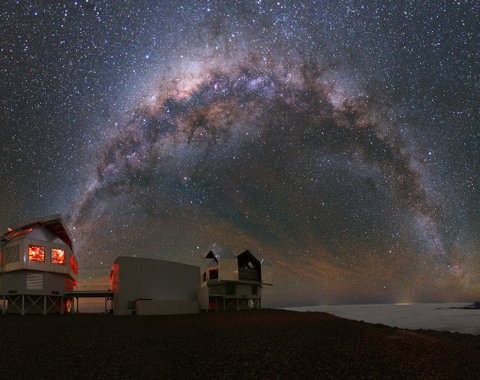2018 Astronomy Lecture Series

Each year the Observatories organizes a series of public lectures on current astronomical topics. These lectures are given by astronomers from the Carnegie Observatories as well as other research institutions. The lectures are geared to the general public and are free.
2018 Season
Monday evenings: April 9th, April 23rd, May 7th and May 21st.
AT THE HUNTINGTON LIBRARY, ART COLLECTIONS, AND BOTANICAL GARDENS
1151 Oxford Road, San Marino
All Lectures are in Rothenberg Auditorium. The simulcast room adjacent to the Auditorium will also accommodate overflow attendance. Directions can be found here.
The lectures are free. Because seating is limited, however, reservations are required for each lecture through Eventbrite. Additionally, the lectures will be streamed live through Livestream and simultanously on our Facebook CarnegieAstro page.
Doors open at 6:45 p.m. Each Lecture will be preceded by a brief musical performance by students from The Colburn School starting at 7:00 p.m. Lectures start at 7:30 p.m. Light refreshments will be available.
Schedule
Dr. Marja Seidel
Postdoctoral Research Associate, Carnegie Observatories
What is the Universe made of? We can peer millions of years into the past in the night sky, yet we barely understand just 5 percent—the “regular” matter that we can see. In the standard cosmological model, a quarter of the remaining 95 percent is dark matter. Dr. Seidel will discuss her quest to understand dark matter, and her experiences bringing astronomy education to some of the most remote and under-served locations on Earth.
Watch recordingDr. Joseph Masiero
Scientist & NEOWISE Deputy-PI
NASA Jet Propulsion Lab
The formation of our Solar System was a chaotic collapse of gas and dust in to the Sun, planets, asteroids, and comets we have today, punctuated by the catastrophic collisions between these forming bodies. Dr. Masiero will discuss how the asteroid families in the belt today are the last remnants of these massive collisions, and give us a window into the processes that shaped our Solar System.
Watch recordingDr. Daniel Eisenstein
Professor of Astronomy, Harvard University
Director, Sloan Digital Sky Survey III
Sound waves propagating through the Universe only 400,000 years after the Big Bang now offer some of our most-precise measures of the composiiton and history of the Universe. In the last decade, we have detected the fossil imprint of these sound waves using maps of the distribution of galaxies from the Sloan Digital Sky Survey. Dr. Eisenstein will describe these waves and the ambitious experiments that use them to extend our cosmological reach.
Watch recordingDr. Maria Drout
Hubble and Carnegie-Dunlap Fellow,
Carnegie Institution for Science
As Carl Sagan once said, "We are all made of star stuff." However, each element has its own astronomical origins story. Elements are created everywhere from the centers of stars, to supernovae explosions, to the Big Bang itself. Dr. Drout will take us on a journey through the perioidic table, highlighting how our recent discovery of a 'kilonova' associated with the cataclysmic merger of two neutron stars has filled in one of the final pieces of the elemental puzzle—the origin of many of the heaviest elements in the universe.
Watch recording